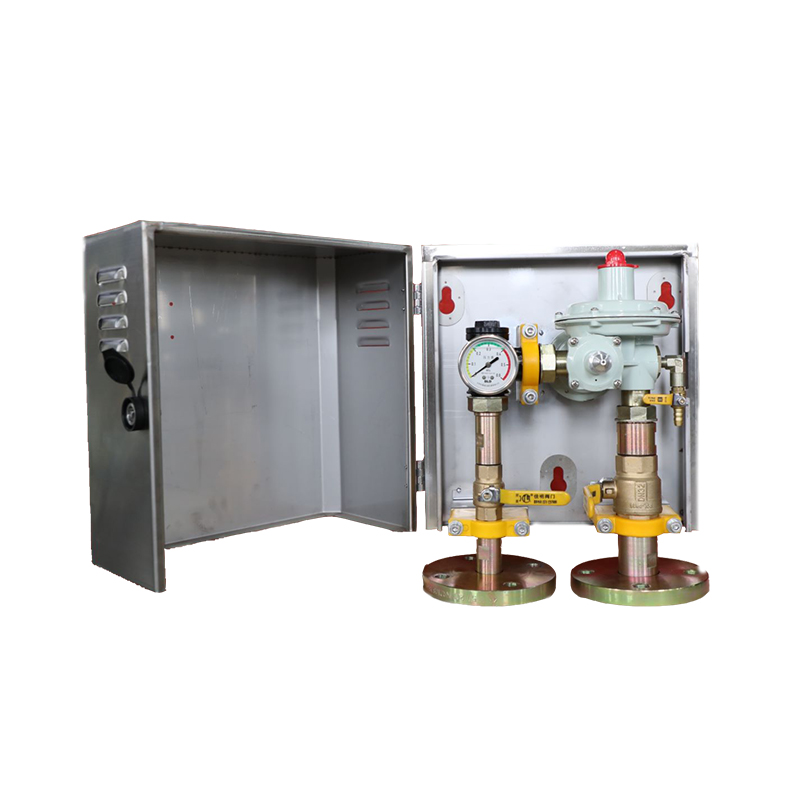
Dec . 06, 2024 10:55
Back to list
Understanding the Coalescing Filter and Its Applications in Data Processing
Understanding Coalescing Filter A Key Component in Fluid Systems
In various industrial and engineering applications, the importance of maintaining fluid purity cannot be overstated. One vital device that plays a significant role in ensuring the cleanliness of fluids is the coalescing filter. This article explores the functioning, types, and applications of coalescing filters, shedding light on their importance in different sectors.
What is a Coalescing Filter?
A coalescing filter is a specialized type of filter designed to remove water and other contaminants from fluids such as oils, fuels, and hydrocarbons. The primary function of these filters is to coalesce small droplets of liquid into larger droplets, which can then be more effectively separated from the main fluid stream. The mechanism relies on the physical principles of surface tension and the movement of fluids through porous media.
How Does a Coalescing Filter Work?
The coalescing process occurs in several stages. When the fluid enters the filter, it passes through a coalescing media that consists of multiple layers of specially designed fibers. These fibers provide surface area that encourages smaller droplets to collide and fuse together, forming larger droplets. Once the droplets have coalesced, they become heavy enough to be pulled down by gravity or mechanically separated from the main fluid flow.
After the larger droplets are removed, the remaining fluid passes through a secondary filtration stage, typically employing finer filter media to capture any remaining particulates or contaminants. This two-stage process ensures a high degree of filtration efficiency, producing clean, usable fluid suitable for downstream applications.
Types of Coalescing Filters
Coalescing filters come in various designs, each suited for specific applications
1. Gravity Separators These filters rely on gravity to separate coalesced droplets from the fluid. They are often used in larger industrial systems where space and cost are considerations.
2. Mechanically Assisted Separators Utilizing mechanical components such as centrifuges, these systems enhance separation efficiency, making them ideal for applications involving higher fluid velocities or larger volumes.
coalescing filter

3. Inline Coalescing Filters These filters are installed directly in the fluid line, allowing for continuous filtration and coalescence. They are widely used in hydraulic and lubrication systems where constant fluid cleanliness is critical.
Applications of Coalescing Filters
Coalescing filters are prevalent across various industries, including
- Oil and Gas Industry In this sector, coalescing filters are essential for separating water from crude oil and processed fuels. This not only ensures the quality of the oil products but also complies with environmental regulations.
- Aerospace and Automotive In these industries, cleanliness is paramount for fuel systems and hydraulic systems. Coalescing filters are used to ensure that contaminants do not interfere with the performance of engines and other critical components.
- Manufacturing Processes Many manufacturing operations that utilize hydraulic oils or lubricants require coalescing filters to maintain fluid integrity, prolong equipment life, and minimize downtime.
- Marine Applications In marine engines and systems, coalescing filters are employed to remove water and particulates from fuel, which is essential for optimal engine performance and reliability.
Benefits of Coalescing Filters
The advantages of using coalescing filters are numerous. They enhance the quality of fluids, prolong the life of equipment by preventing damage from contaminants, and reduce maintenance costs. Furthermore, many coalescing filters are designed for easy replacement and maintenance, simplifying the overall upkeep process.
In conclusion, coalescing filters are indispensable components in various fluid systems, playing a vital role in ensuring fluid quality and system reliability. Their ability to effectively remove water and other contaminants enhances operational efficiency across multiple industries. As technology advances, the design and functionality of coalescing filters continue to evolve, promising even greater efficiency and performance in the future.
Next:
Latest news
-
Safety Valve Spring-Loaded Design Overpressure ProtectionNewsJul.25,2025
-
Precision Voltage Regulator AC5 Accuracy Grade PerformanceNewsJul.25,2025
-
Natural Gas Pressure Regulating Skid Industrial Pipeline ApplicationsNewsJul.25,2025
-
Natural Gas Filter Stainless Steel Mesh Element DesignNewsJul.25,2025
-
Gas Pressure Regulator Valve Direct-Acting Spring-Loaded DesignNewsJul.25,2025
-
Decompression Equipment Multi-Stage Heat Exchange System DesignNewsJul.25,2025

